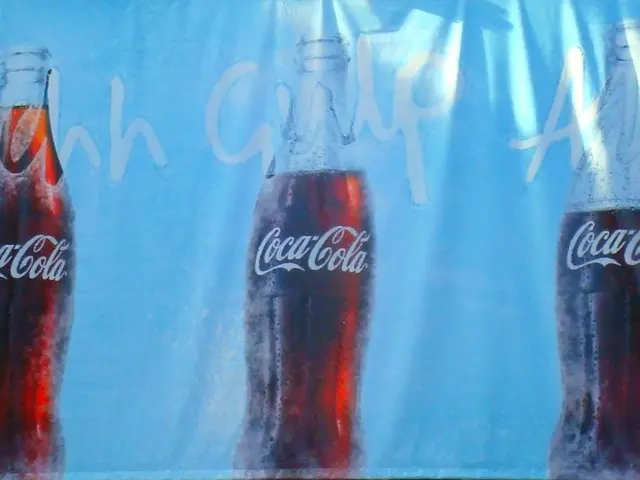Contaminated Environmental Locations Overseen by Lindsay Light
Chicago's Streeterville and New Eastside neighbourhoods have a history linked to the presence of industrial facilities that processed radioactive materials, including thorium. In the mid-20th century, a company known as the Thorium Processing Company or similar industrial users operated in these areas. Thorium, a naturally occurring radioactive element, was used in various industrial applications.
Residual thorium contamination primarily came from improper disposal, processing wastes, or structural materials containing thorium that were left in soils, buildings, or fill materials around the area. The contamination was identified during environmental assessments and redevelopment projects in these neighbourhoods, with the proximity to the Chicago River and intense urban development sparking interest in evaluating radiological hazards.
The Environmental Protection Agency (EPA), along with state agencies like the Illinois Environmental Protection Agency (IEPA) and the Illinois Emergency Management Agency (IEMA), conducted radiological surveys in affected zones where thorium contamination was suspected or found. Contaminated soil removal, containment, and cleanup efforts have been undertaken intermittently since the late 20th century.
The cleanup follows guidelines from the EPA under the Comprehensive Environmental Response, Compensation, and Liability Act (CERCLA or Superfund) and the Nuclear Regulatory Commission (NRC) regulations on naturally occurring radioactive material (NORM).
Current regulations require ongoing environmental monitoring to ensure public safety. This includes soil sampling and analysis for thorium concentrations, air monitoring to detect airborne particulates that might contain radioactive dust, groundwater sampling if contamination migration is possible, and gamma radiation surveys to identify any increases in environmental radioactivity.
Monitoring programs aim to ensure that thorium levels in soils and air remain below the EPA’s established safety thresholds, minimizing potential exposure to residents, workers, and visitors. Results of monitoring efforts are often publicly released through EPA or local health departments to maintain community awareness. In some cases, community advisory groups are involved in oversight.
For new construction or excavation projects in Streeterville and New Eastside, developers are generally required to conduct environmental assessments—including radiological surveys—and comply with EPA recommendations to mitigate risks.
If you need specific EPA reports or detailed recent monitoring data, these can typically be requested from the EPA regional office responsible for Illinois (Region 5) or the Illinois EPA. Additionally, the Before You Dig Information also has a Fact Sheet and resources for developers.
- The ongoing cleanup of the thorium contamination in Chicago's Streeterville and New Eastside neighbourhoods follows guidelines from the Comprehensive Environmental Response, Compensation, and Liability Act (CERCLA or Superfund) and the Nuclear Regulatory Commission (NRC) regulations on naturally occurring radioactive material (NORM) under the supervision of the Environmental Protection Agency (EPA).
- To minimize potential exposure to residents, workers, and visitors, current regulations require ongoing environmental monitoring, including soil sampling and analysis for thorium concentrations, air monitoring, groundwater sampling, and gamma radiation surveys.
- For individuals seeking specific EPA reports or detailed recent monitoring data related to the thorium contamination, these can typically be requested from the EPA regional office responsible for Illinois (Region 5) or the Illinois EPA.
- In some instances, community advisory groups are involved in overseeing the monitoring programs aimed at ensuring that thorium levels in soils and air remain below established safety thresholds.
- Developers working on new construction or excavation projects in Streeterville and New Eastside are required to conduct environmental assessments, including radiological surveys, and comply with EPA recommendations to mitigate potential risks linked to the history of radioactive material processing in the area.





